By now you may have noticed that our post-fair round table discussions will become somewhat of a tradition.
So without further ado, we present you the opportunity to hear a few well-known journalists in the world of horology share their impressions of Baselworld 2014.
I (ED) am pleased to moderate the educated opinions of some of our revered colleagues on the fair, the mood, the watches, and – of course – the schnitzel!
Participants:
IS Ian Skellern, co-founder Quill & Pad
ED Elizabeth Doerr, co-founder Quill & Pad
MT Michael Thompson, editor-in-chief of iW International Watch
LN Louis Nardin, editor-in-chief of theWATCHES.TV and freelance journalist
MS Miguel Seabra, editor of Espiral do Tempo and contributor to Worldtempus.com
JM Joshua Munchow, contributor to Quill & Pad
MS: It was an interesting edition of Baselworld, but I came back feeling I wasn’t as overwhelmed as in some of the previous editions. Maybe I’m hard to please, but I’m always expecting something special in the high horology stratosphere.
ED: Maybe you were missing the annual reveal of Harry Winston’s Opus, Miguel? I know I was disappointed to learn that there wouldn’t be an Opus in Basel for the first time in 14 years following the Swatch Group takeover of the brand. But we can perhaps look forward to one later in the year.
IS: I find it very difficult to keep a realistic perspective when viewing so many watches, running the full gamut from “simply astounding” to “what-on-earth-were-they-thinking” for so many hours a day over so many days. Baselworld is an emotional horological roller coaster. That said, there were a few (not all new) watches that caught my eye, including Hublot’s Antikythera (not new, but always good to handle), Christophe Claret’s Margot and Grönefeld’s Parallax Tourbillon.
LN: I feel that time for exploration and trying things “for the fun of it” is over. Brands have worked strongly on their collections to make them coherent and faithful to the identity of the brand. This is an extraordinary move as the interest in new pieces is no longer a question of “wow effect,” nor is it a subtle analysis of how the brand interprets its own history and identity. Girard-Perregaux did a great job of that for me, as did Longines, who has mastered it for years. Other brands like TAG Heuer seem to do so too, and in fact this brand is now attempting to give much more substance to its historical collection.
It was surprising to see that the Carrera collection’s facelift looked more like the IWC Portuguese, though. The move to consolidate collections and remain attached to brand “DNA” and history does prevent them from exploring other fields. And thanks to that, the independents look even more creative and attractive. Their originality and audacity are somehow underscored by a kind of new conservatism the main brands are exhibiting.
MS: In terms of watchmaking’s Olympus, one is obliged to consider the independents. I really loved MB&F’s concept of bringing such an historic clockmaker as L’Epée to the limelight through a spectacular partnership that translated into a galactic table clock called Starfleet Machine. The beauty of Hajime Asaoka’s tourbillon watch gobsmacked me. De Bethune will always be among my first choices, this time with the Maxi Chrono. I also liked the new Ressence Type 1 version on an ostrich strap to match the dial, as well as Linde Werdelin’s “ghosty” case finishing on the new Oktopus model.
The Grönefelds are the best bros in the business. Elsewhere, I was also impressed with the Astronomia Tourbillon from Jacob & Co., the range of Bulgari specialties, the new Ulysse Nardin escapement, and Girard-Perregaux’s Tri-Axial Tourbillon.
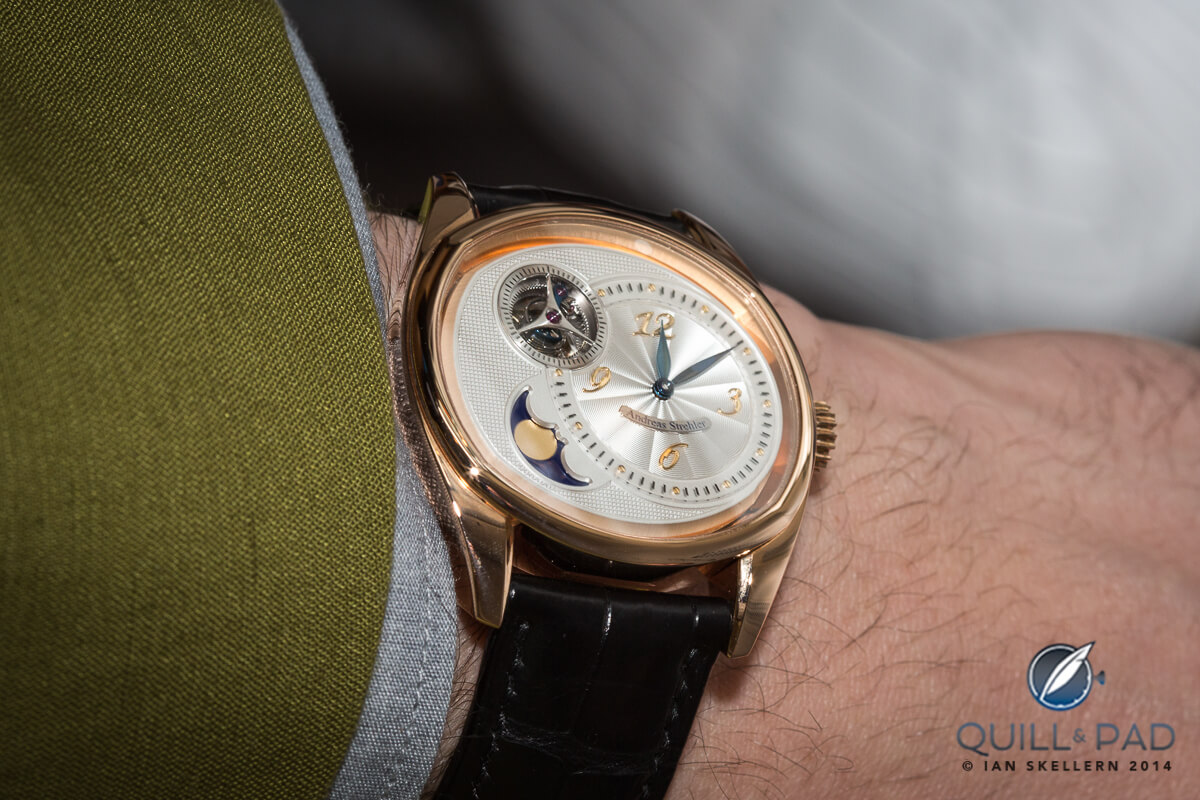
Sauterelle à la lune perpétuelle by Andreas Strehler: the moon phase is accurate to 14,189 years (give or take a few seconds)
JM: The biggest impressions for me came from the smaller brands and independents. Andreas Strehler released a new Sauterelle, the à la lune perpétuelle, with a moon phase needing only four additional components that is accurate to 14,189.54 years! Following that, the Grönefeld Parallax Tourbillon made me giddy with the ability to stop the tourbillion and accurately set the watch down to the second.
MT: I thought the show was as energetic as usual, even if new products were somewhat scarcer overall. Patek Philippe will wait until October to reveal more than the two new steel pieces shown at Baselworld, and TAG Heuer’s V4 tourbillon was an evolution. Maurice Lacroix’s Masterpiece Gravity, Girard-Perregaux’s Neo-Tourbillon with Three Bridges and Arnold & Son’s CTB are certainly in my top five.
Other favorites vary with the day, such as the Ressence Type 1, which looks great. Arnold & Son continues to hit it out of the park in my mind. Each new piece would have been a major launch at most other brands, yet Sébastian Chaulmontet showed piece after piece, and his overall presentation left me speechless. I also thought Christophe Claret, with both the Margot and the Maestoso, cut both ways successfully, with technical and emotional appeals.
JM: Indeed, Christophe Claret revealed his first female-specific complication featuring the old game of “He loves me, he loves me not,” but in an expanded version familiar in France. The complication is perfectly executed, and I had so much fun playing with it! It is nice to see a maker such as Claret going outside the norm and trying something that hopefully will become a movement toward more non-time related complications.
ED: Escapements continue to be a looming topic. In what must be some sort of record, I spotted three different detent escapements at the fair: Urban Jürgensen’s P8, this year in a new version with subsidiary seconds, as well as Christophe Claret’s Maestoso as Mike mentioned, and Bulgari’s use of that escapement within a chiming piece called Ammiraglio del Tempo (“admiral of time”).
IS: Yes, and I particularly liked Ulysse Nardin’s Ulysse Anchor Escapement, shown in a non-definitive working movement, and Nomos with its own in-house “Swing System.”
JM: I was extremely happy to see the new Flying Anchor escapement from Ulysse Nardin that, based on my viewing, is not too far from being a constant force escapement, though UN does not make any claims in that regard. Either way it is a very cool use of technology that is no doubt the offspring of the ever-popular Freak.
IS: Many of the big brands including Rolex, Blancpain and Breguet also seem to be going mainstream with silicon escapements. An interview with Marc Hayek, CEO of Breguet, Blancpain and Jaquet Droz, convinced me that silicon components in watch movements have now evolved from being experimental to mainstream. And the benefits reach to less obvious advantages, such as non-magnetic silicon hairsprings allowing for magnetic escapements. The latter have no tick-tick-tick pallets, so make for very quiet movements, which are ideal for chiming and, in the case of Jaquet Droz, chirping watches.
JM: Nomos having developed its own escapement allows the company freedom from large suppliers, and it is making almost everything in Germany. This has been done by other brands in the past, but from a company so small it really is an amazing feat.
MS: On the other side, I also give a lot of credit to affordable and stylistically well-conceived timepieces that don’t have to have in-house movements. In that department I’d point out the work Tudor has been doing and confirming year after year since 2010, this time with the Heritage Ranger and a new Heritage Black Bay color scheme. I also loved the 1960s bicompax retro aura of Eberhard’s Contograf. As you can see, I’m quite fond of the neo-retro spirit and reinterpretations and reissues of past classics.
MT: Yes, and heritage and vintage themes continue to dominate at big brands like Rolex, Tudor, Omega and Longines too. The Glashütte Original Senator Chronograph Panorama Date shouldn’t fly under anyone’s radar in my opinion, either. It’s a classic-looking round flyback; and at the same time GO has put the caliber into one of my fave lines, the Seventies collection. I think Seiko’s Prospex now entering the U.S. market will also energize the dive watch crowd, and Citizen is ready for that with its newest, a good-looking automatic dive piece, the Grand Touring Sport.
MS: Regarding trends, there were lots of classic, decently-sized, three-hand watches, more ladies’ mechanical collections than ever, and two-tone timepieces, which are definitely back with a more tasteful use of rose gold.
ED: In fact, I started noting case sizes at the beginning of the fair after noticing at the SIHH that they were decidedly coming down, particularly in ladies’ watches. At Basel, case sizes seemed to be heading back into what I would call small range even. Men’s sizes are coming down too, with 42 mm now on the bigger end again. Though there are exceptions, such as what we saw at Zenith with the 60 mm Pilot Type 20 Grand Feu.
MS: Somehow, I thought of Jean-Claude Biver when I was confronted with a couple of new Zenith lines powered by outsourced Sellita movements.
LN: Zenith took a big risk this year by introducing external movements into its entry-level collections in order to bring prices down. And even though many criticized this choice, and the brand communicated poorly on it, it might be a great opportunity for new success. Time will tell. Nevertheless, the challenge is now to make the watch appealing again in terms of price. The move started a few years ago for many brands, but it has gotten much stronger this year in my opinion.
ED: Yes, prices are still overall somewhat in the stratosphere, so corrective measures might not be a bad thing. And it is here that I must really commend Nomos again for keeping it real. Even outfitted with a full manufacture movement including in-house balance and escapement, the new Metro model remains a modest € 2,600 in price.
LN: It seems generally agreed that watches are now too expensive and that it is becoming a strong problem for the industry and its future. Many brands want to reach that lucrative $10,000 to $20,000 segment, and customers of these watches really can’t be considered “average.” In addition, there are a few brands who are already very strongly occupying this segment, like Hublot. But a luxury watch remains something attractive and that is why brands have started creating lines and models that are more affordable.
ED: Miguel, I’m sure you noticed as much movement in the strap arena as I did. The variety of straps this year was striking, and I particularly like how Maurice Lacroix is using them to completely change the look of the sporty Pontos S models, for example.
MS: There is a real mainstream adaptation of the casual NATO strap style – with powerhouses such as Omega and Blancpain jumping on the bandwagon this year and Chanel even coming up with luxury crocodile-and-diamond versions. I finally see some overall improvement on the strap/bracelet design and quality, with the mainstream brands adopting more sophisticated solutions.
ED: Another thing that struck me was the continuing progression of amazing concepts and executions of marques I would previously have considered “fashion brands,” such as Louis Vuitton and Hermès…though I shouldn’t be too surprised since these two are very, very interested in the overall quality of their products.
JM: Seeing these brands for the first time, I was surprised by them. From Louis Vuitton came the Escale Worldtime, which is a true worldtimer featuring an amazing, modern, hand-painted dial embellished with insignias (“blasons” in French), colorful, geometrical, personal logos, like little coats of arms. It is a fun and interesting take on history in a very useful complication. Second is the Dressage L’Heure Masquée from Hermès. Having time to handle this piece was enjoyable, the way that the hour hand is hidden until the crown pusher is activated really gives a fun and mysterious element to a watch that might have otherwise gone overlooked.
LN: A last word on retail. Between groups and mega brands retails positions seem blocked. The huge amount of pressure groups are putting on retailers is forcing other brands to look for new opportunities. And that is why many smaller and/or independents brands were seeing more fair traffic from retailers looking for new partners. This tendency is nice for these small players, which are now viewed as smart opportunities rather than problematic partners. And trying to navigate the crowd still in attendance on Monday and Tuesday at Baselworld – something quite new so late in the fair – is an indicator of how much people wanted to do business.
MS: By the way, if the best dinner was the “schnitzel dinner” attended by independent watchmakers and colleagues from the media, the best drinks at Baselworld were definitely the mojitos chez Cuervo y Sobrinos. I heard they were legendary and went there to have a couple (okay, I had four); while I was being introduced to the new products, I also answered a few questions about the Cuban-inspired brand and entered a draw. The “hangover” struck yesterday: someone called to say I actually won a Historiador Small Seconds.
IS: That’s cool, Miguel! The very best thing about Baselworld for me? As with all of the fairs and exhibitions, the most enjoyable aspect isn’t the watches themselves, no matter how good they are, but the people. It’s catching up, learning from brands, watchmakers, watch aficionados and fellow journalists that make the shows not just bearable (believe me, they are exhaustingly hard work), but pleasurable. At this point, I’d like to doff my virtual cap to Frank Geelen of Monochrome for organizing the annual “schnitzel dinner,” which is the most laid-back and fun evening of Baselworld.
ED: A very much appreciated evening in my book, for sure! Well, guys, until next year, thanks for the chat!
And in case you missed it, here was our first Round Table discussion with several well-known taste makers from the SIHH earlier this year: Unexpected Answers: A Round Table Discussion Of SIHH 2014.
Plus, don’t miss Joshua Munchow’s impressions of Baselworld 2014: Seeing Baselworld Through New Eyes: Connecting People.

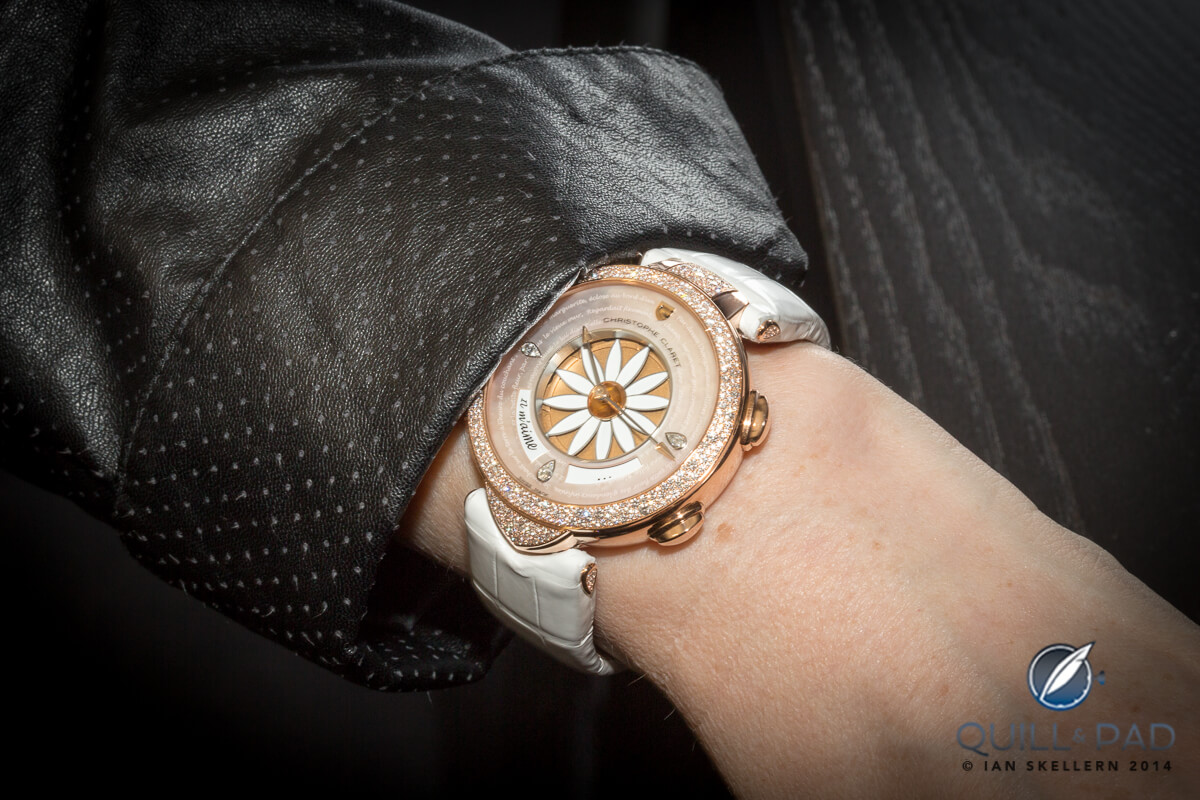
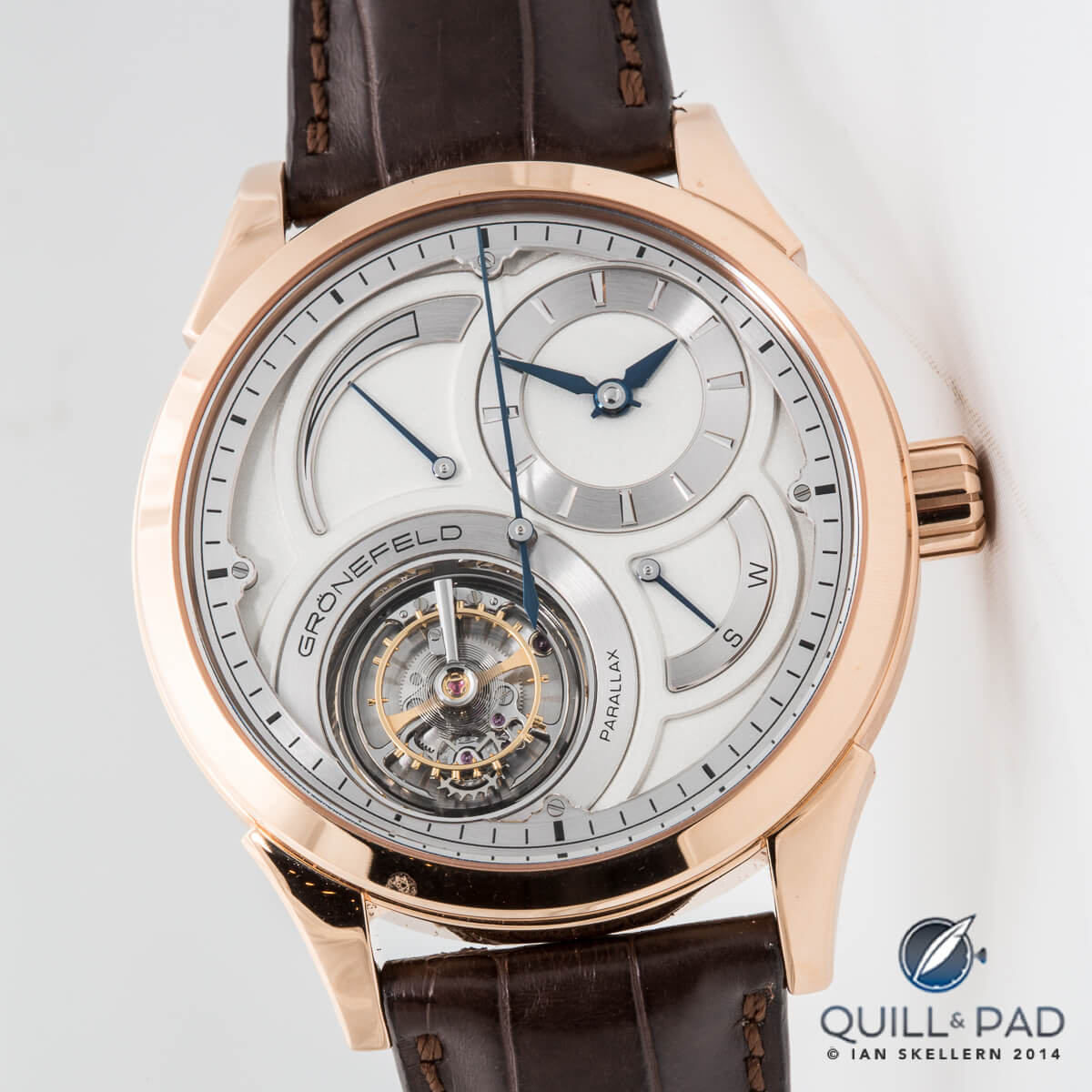
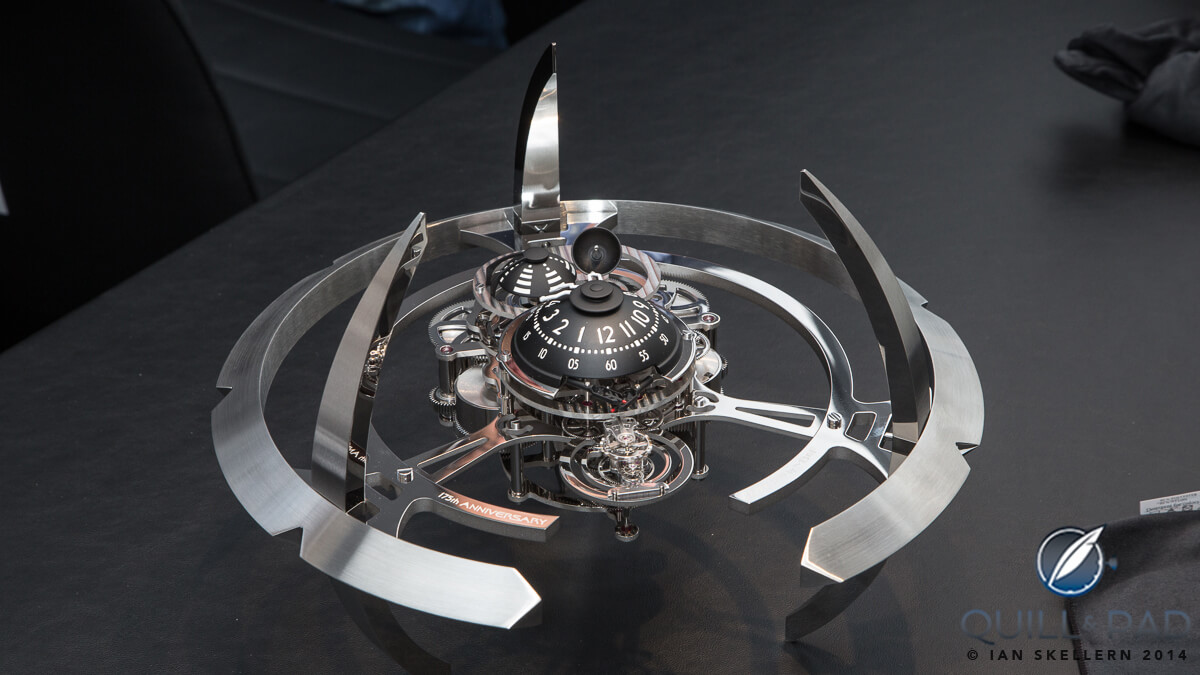
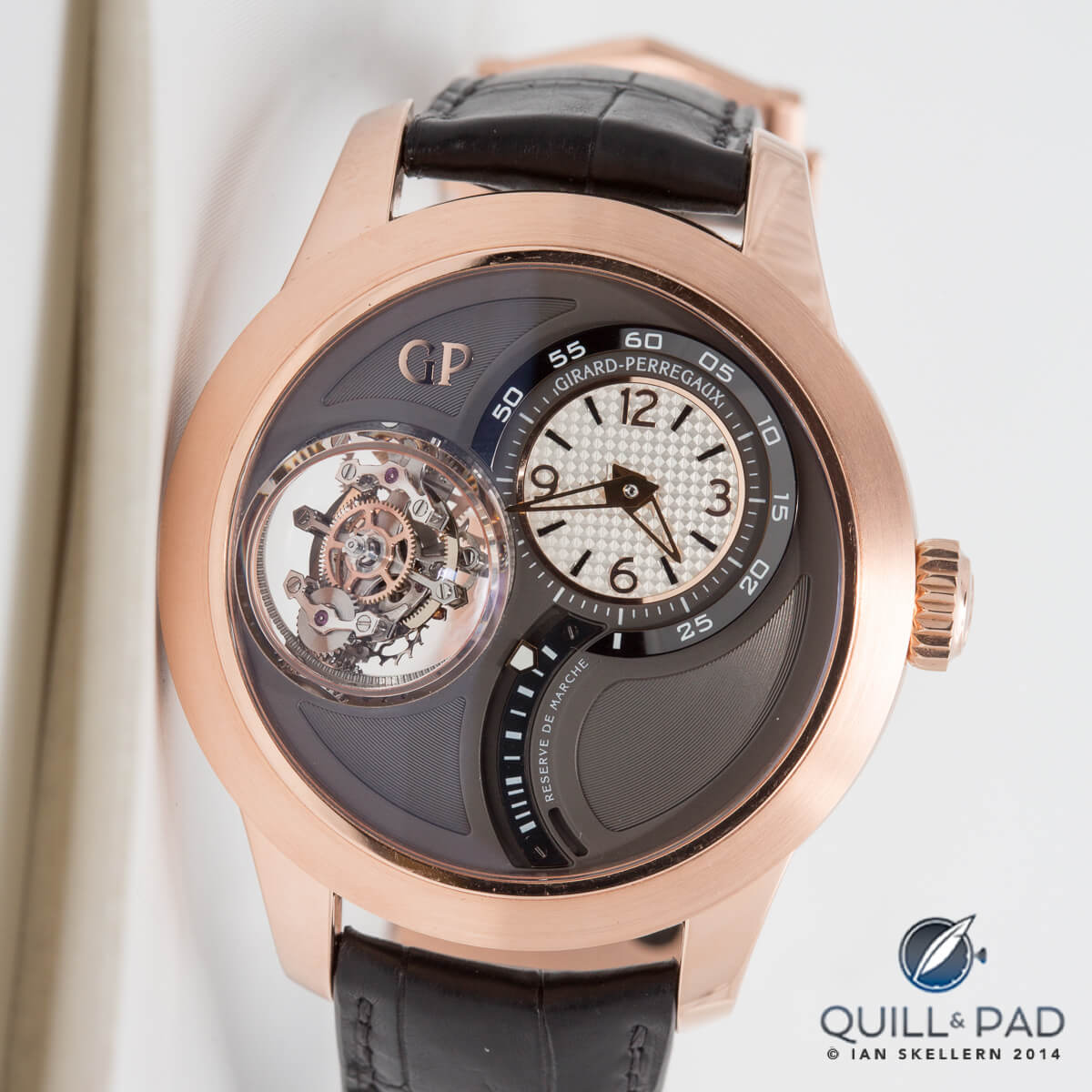
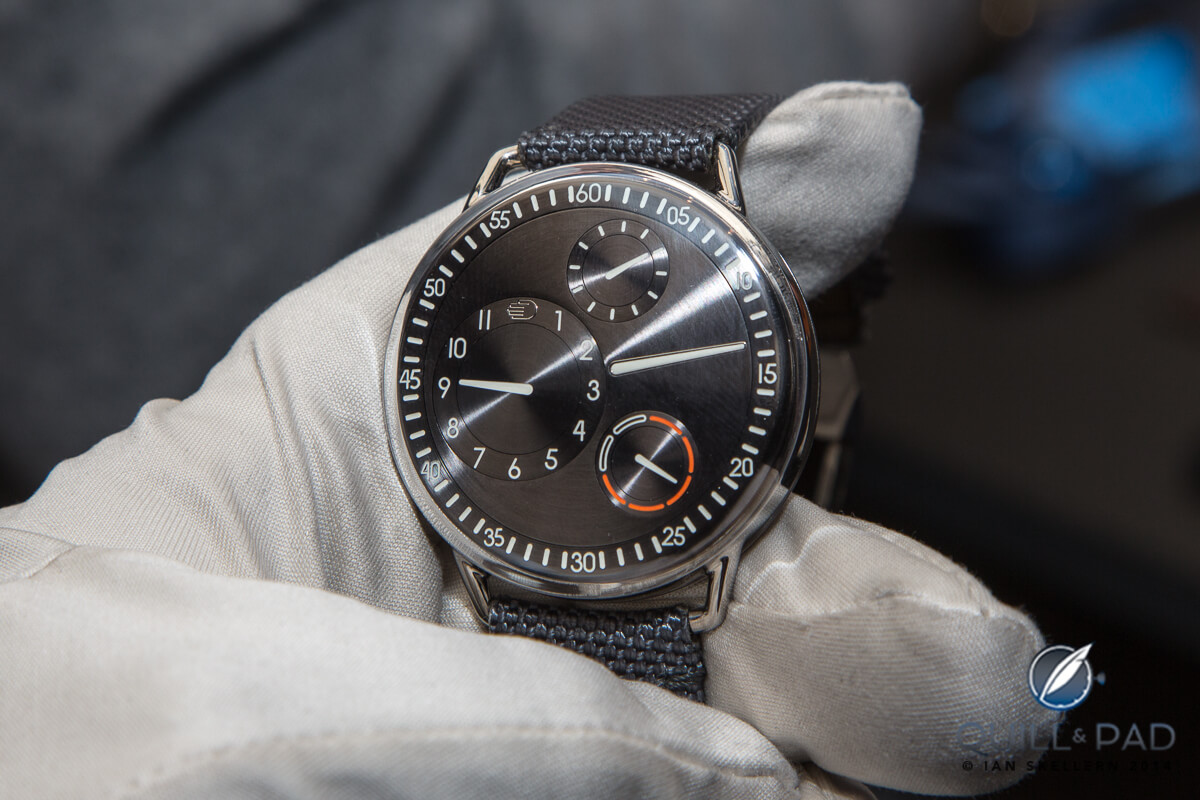
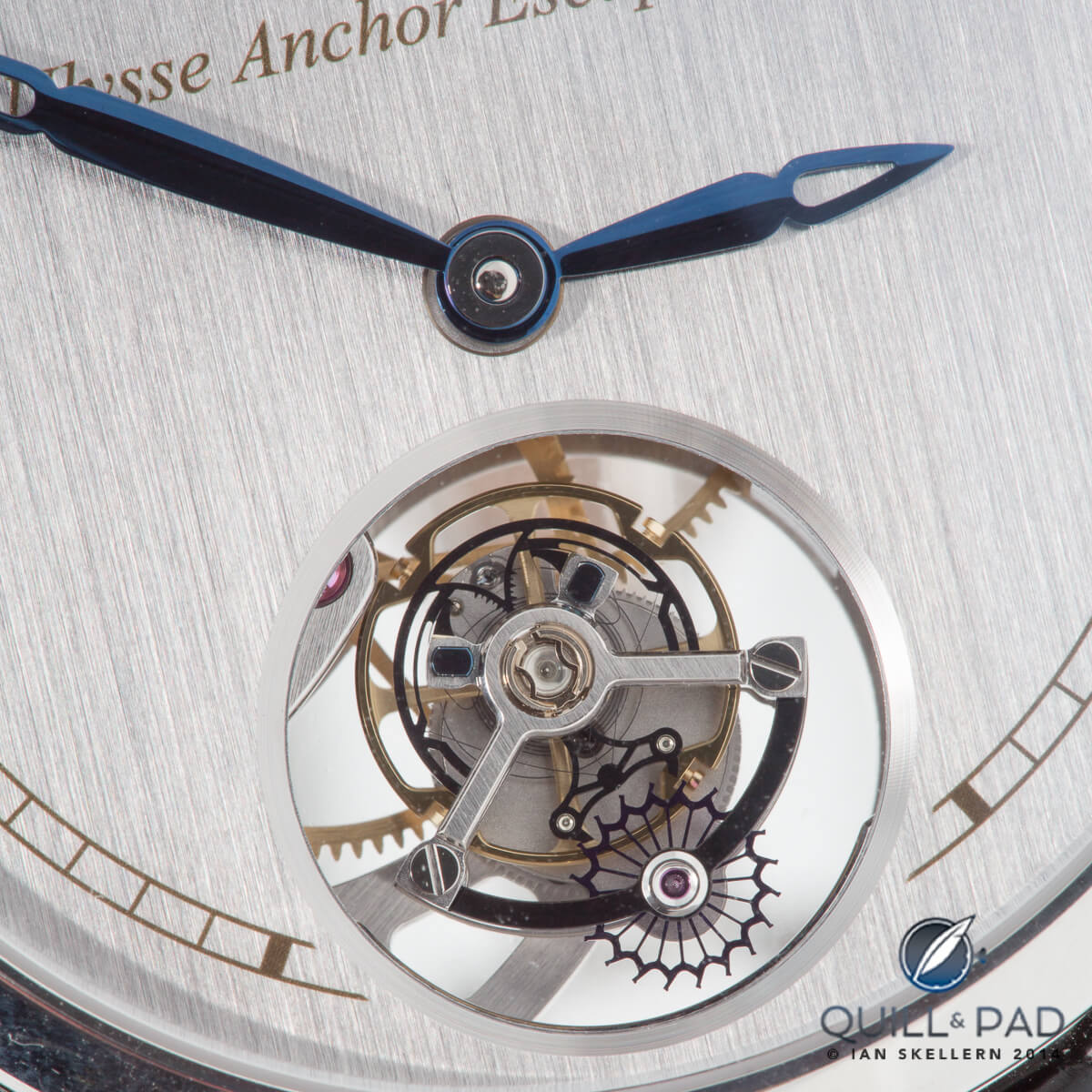

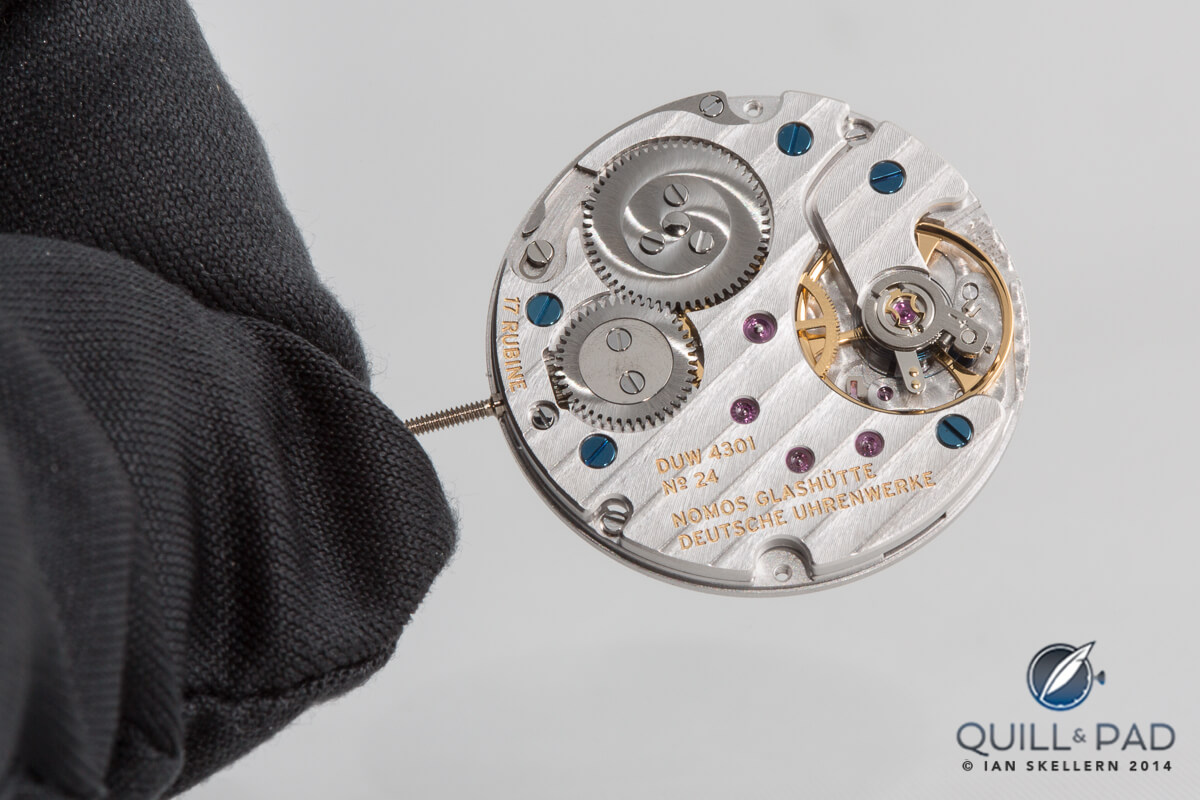
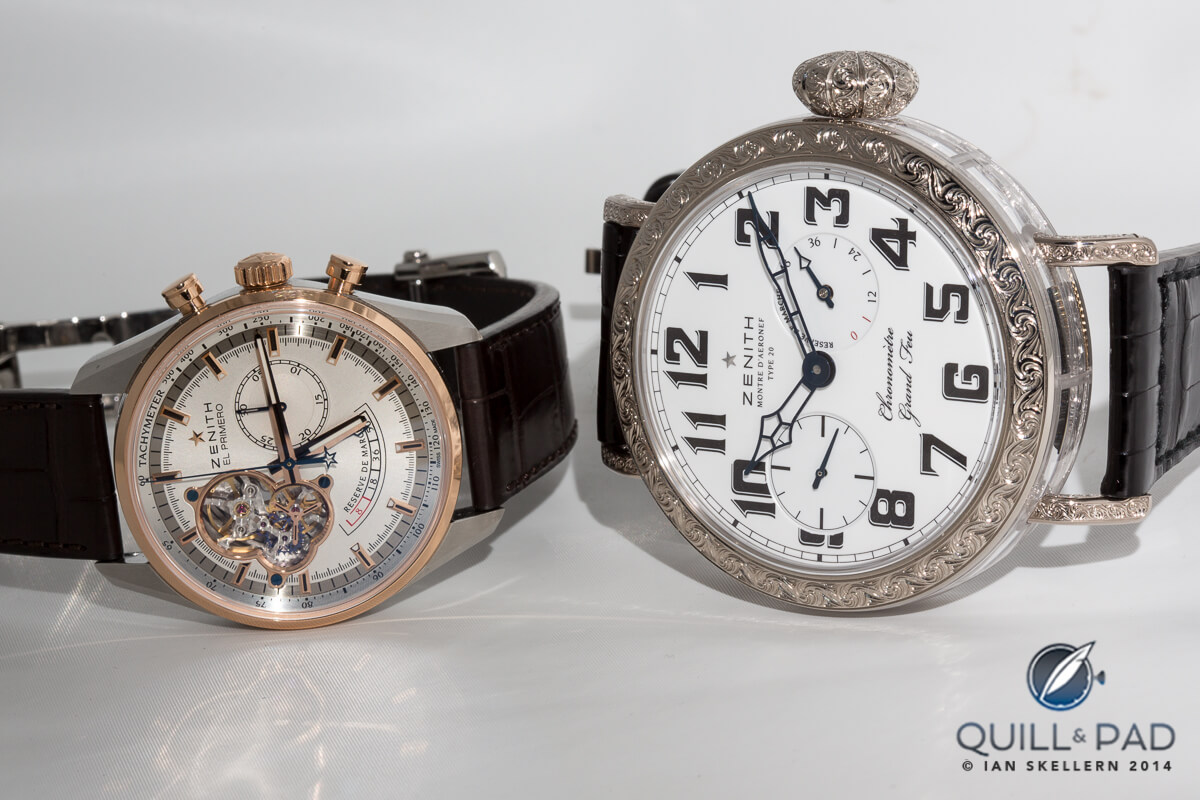
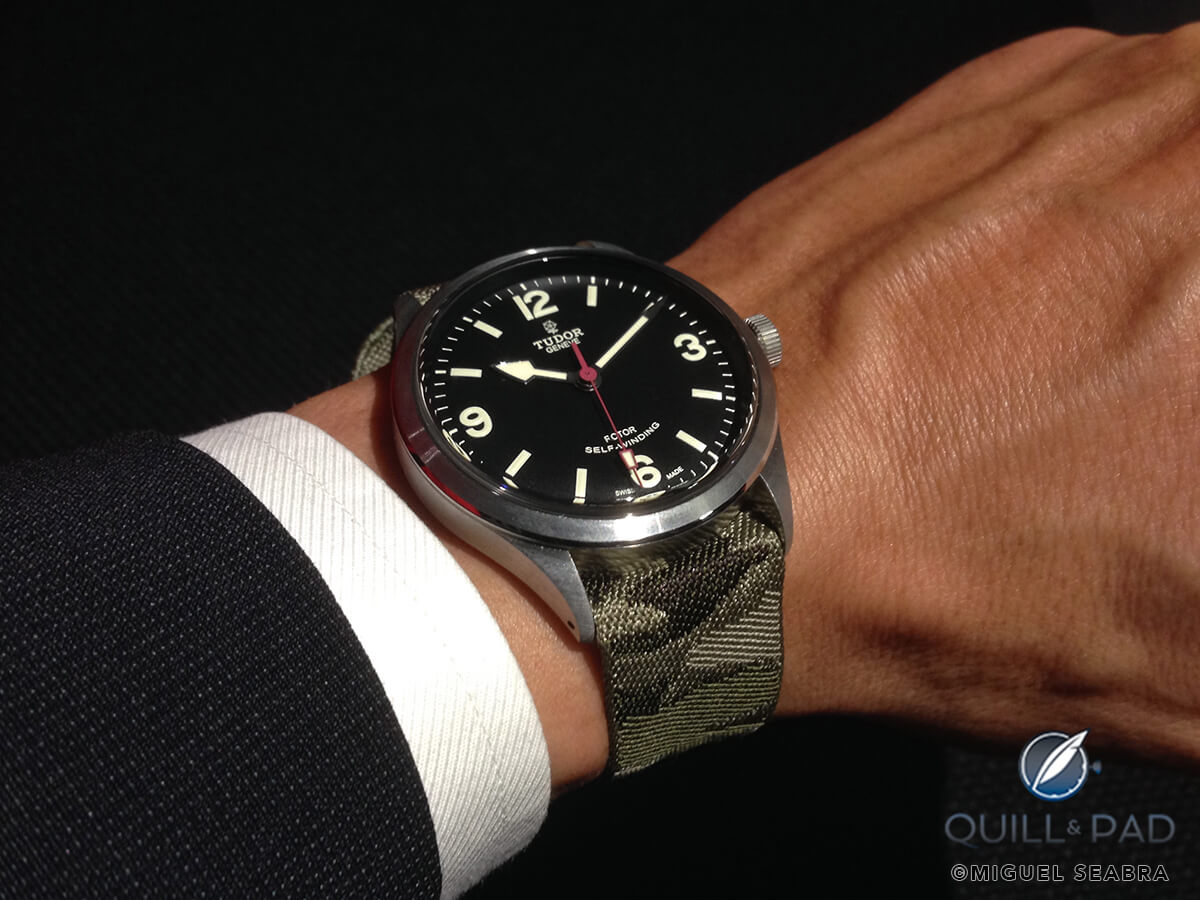
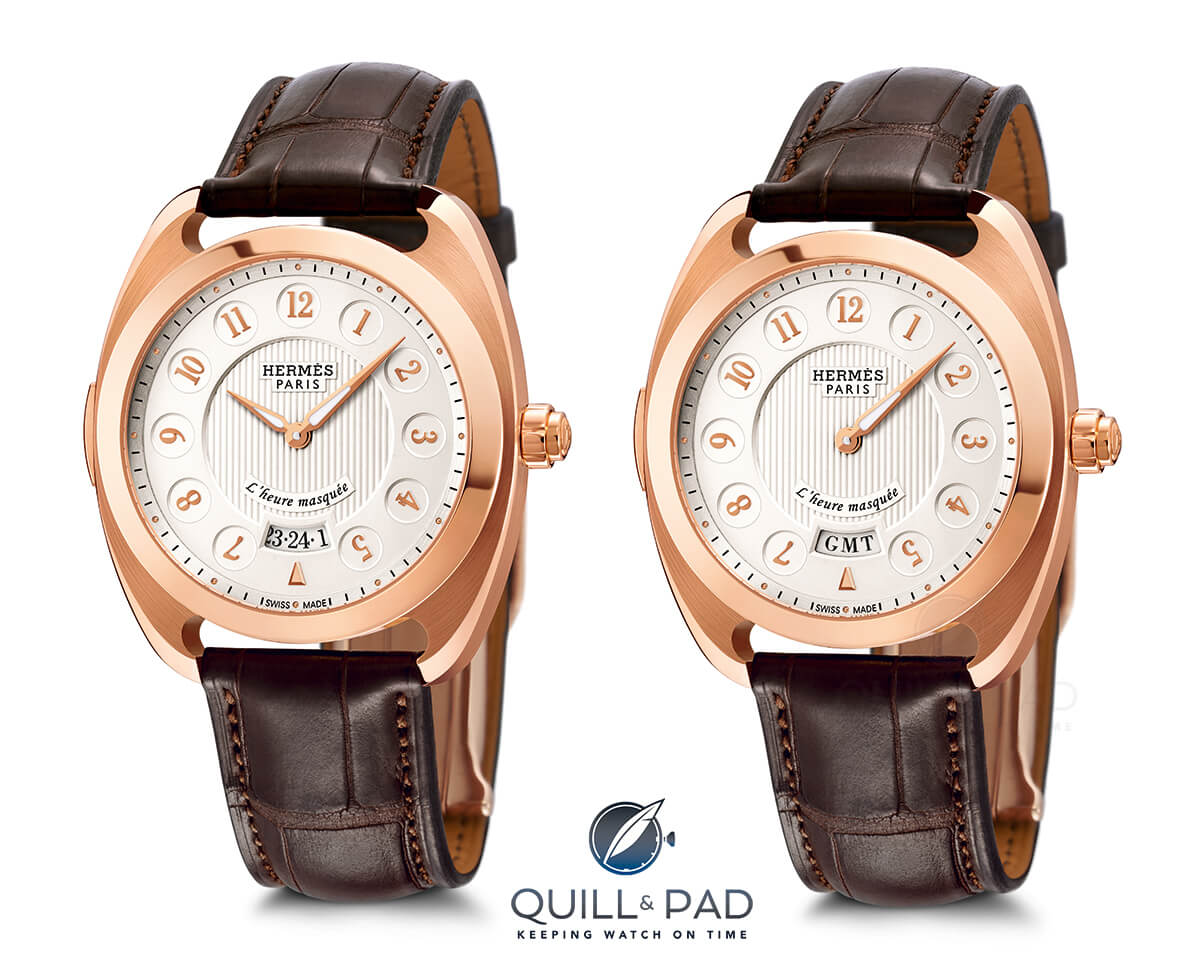
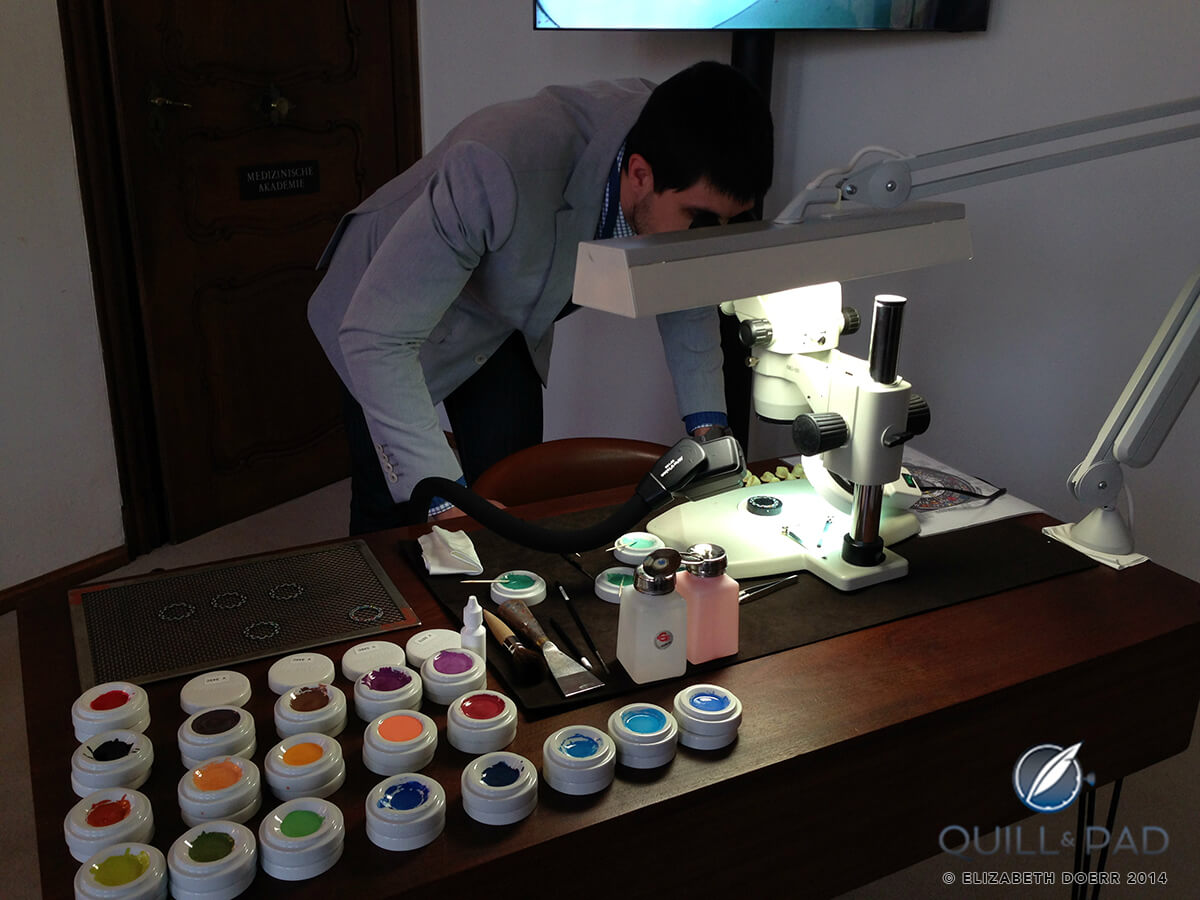
Trackbacks & Pingbacks
[…] have discussed industry events and fairs in numerous round tables and taken part in the prestigious Grand Prix d’Horlogerie de Genève, […]
Leave a Reply
Want to join the discussion?Feel free to contribute!